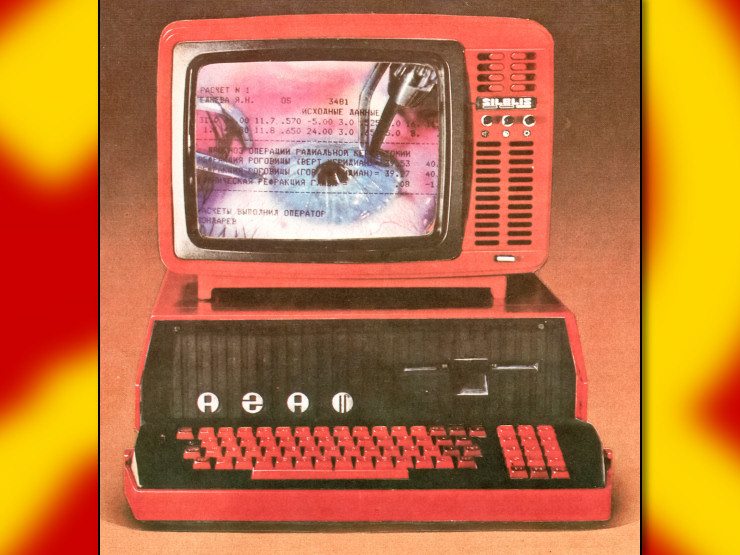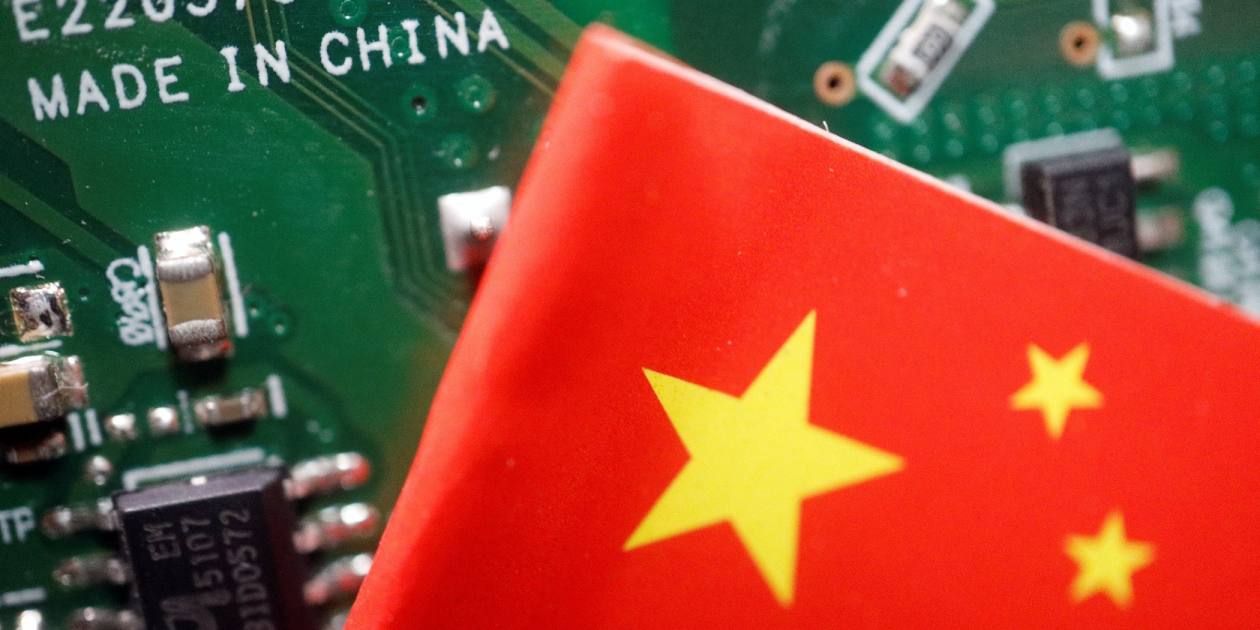In practice that probably means two at worst, as it always seems like this types of articles underestimate china’s rapid progress
I’d venture a guess that the more accurate headline would be:
China’s best mass-produced chips that are available today are at the same level as the best TSMC chips produced in 2021.
I’d be most interested to know where their R&D is at and what technological developments they have achieved and what are the barriers they have yet to overcome in order to be at an approximate parity with TSMC but I figure most of that is going to be trade/state secrets, especially with the US attempting to hem in Chinese semiconductor development any way it can.
Indeed, China’s progress is always underestimated.
deleted by creator
SMIC has been around for a long time, but a serious push for bleeding edge chips probably started around half a decade ago or so.
I thought “we” killed the Chinese chip industry or something, I don’t remember
just like the Russian Ruble was going to collapse
Question is gonna be whether they can scale their DUV process, or if they have to get to EUV (without ASML) the next couple of years
It looks like China’s approach is going to be to us a particle accelerator instead. A lot of the complexity in ASML machines comes from the fact that they need them to be portable in order to ship them to clients around the world. Since China’s goal is to produce chips domestically, this isn’t a constraint. The accelerator approach also has several advantages over ASML approach:
Compared with current ASML EUV technology, SSMB is a more ideal light source. It has a higher average power and higher chip production output with lower unit cost.
ASML creates an EUV source from laser-produced plasma, where strong laser pulses are projected to liquid microdroplets of tin. The laser crushes the droplets and produces EUV pulse light during the impact. After complex filtering and focusing, an EUV light source with a power of about 250W is produced.
Before reaching the chip, the EUV beam undergoes reflection from 11 mirrors, each causing about a 30 per cent energy loss. As a result, the power of the beam is less than 5W when reaching the wafer. This can become an issue when manufacturing turns to 3nm or 2nm.
SSMB technology avoids such concerns. SSMB beams achieve a higher output power of 1000W, and due to its narrow bandwidth, fewer reflecting mirrors are needed, which naturally generates higher terminal power.
An EUV laser blasting at 1 kW is gonna absolutely chew through optical components. I hope they’re making some serious advances in materials science. Contemporary components like mirrors, attenuators, filters, etc start degrading when you blast them with more than 1W of DUV.
I guess it could just be written up as cost of operation, but yeah would be curious to see if components can be made that withstand this much abuse without degradation for long periods.
I mean, as-is with much lower power lasers, it’s written up as a cost of operation. What used to be parts that were installed once and then never touched are now regular maintenance tasks.
I don’t think the mirrors and prisms will be the expensive part in the grand scheme of things, but the downtime to shift spots and replace components will be expensive.
Makes sense yeah, presumably this stuff has to be incredibly finely tuned to work right.
Possible they’re leveraging reduced complexity and their local manufacturing and vertical integration to just replace ad hoc. Component breaks just slot in a new one.
As I just posted to Yogthos, it’s the downtime that will be costly here. The mirrors and prisms can be made cheaply enough when you take China’s supply chain and large scale manufacturing into account, but the loss of production will have to be reduced somehow. Lasers require incredible precision; the difference between just barely touching the allen wrench and not can make the beam go from centered on target to completely off the detector. This translates to hours of tedious adjustments to get the beam back on target, even with alignment pins.
Yeah, good point, training up German Sphere Guy levels of skill will take time.







